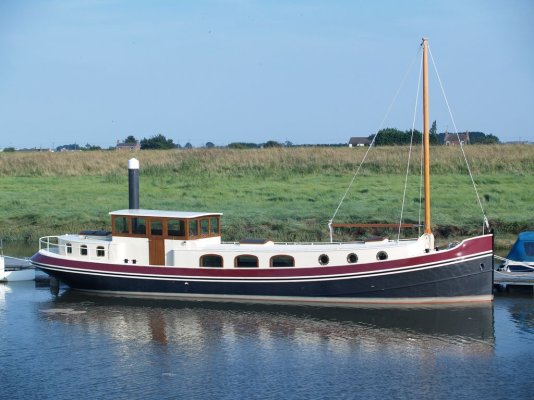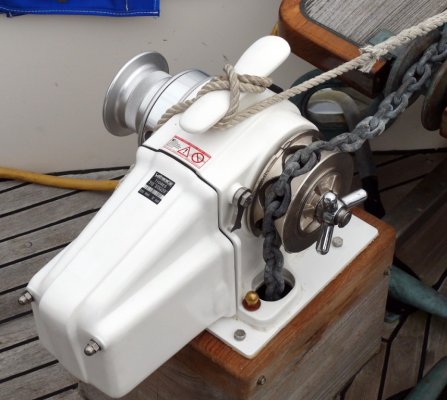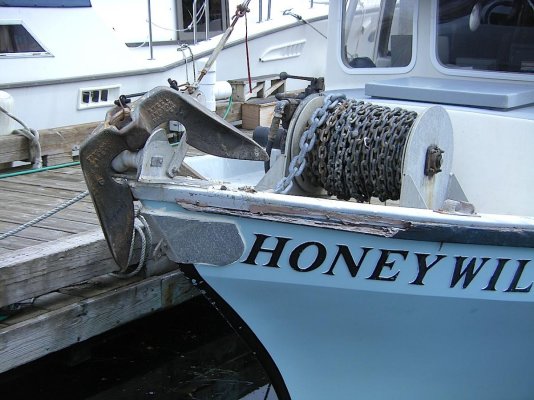I also use the slotted plate setup. Had the plate fall off twice and devised a simple solution. I fasten the plate to the chain with a small zip tie. Easy to put on; easy to take off, and the hook / plate never comes off the chain while deployed.
Ted
OCD, I'd possibly re-think that arrangement. I have had on occasion to have to do a quick up-anchor in a nasty wind shift, and in the dark and rain, and the last thing I'd want to have to do is locate exactly where my tie was to snip it to bring in the anchor in those circumstances. Sure, it's not a common scenario, but I have had an occasion when two boats, a yacht and us, sharing a bay, had to to do this. He got his chain hook jammed in his bow roller in a bit of a panic, and he was dragging, and he went aground. Fortunately we got away and were able to summon marine rescue to pull him off when we got cellphone reception, as the VHF had closed down for the night.
Just a thought…
I prefer to use tension on the chain hook to let it down, where the hook is then just below the waterline, and I let a loop of chain down to about a foot below the water, (not as much as Marin), and I like the fact that tension means it never comes off, but when we pull in, it always drops off before the hook gets anywhere near the roller and just hangs, waiting to be retrieved when ready. I tie the snubber off to the massive Samson post, so I just loop the snubber line round that when on the move.
Kevin, apart from the above, I also have a shorter, lighter, snubber line with a simple hook on it I use for day/lunch anchoring by hooking it into the chain just inboard of the roller, and also do that as a back-up to the main snubber if the main one was to drop off or come adrift in some way, to save tension going onto the winch suddenly.












